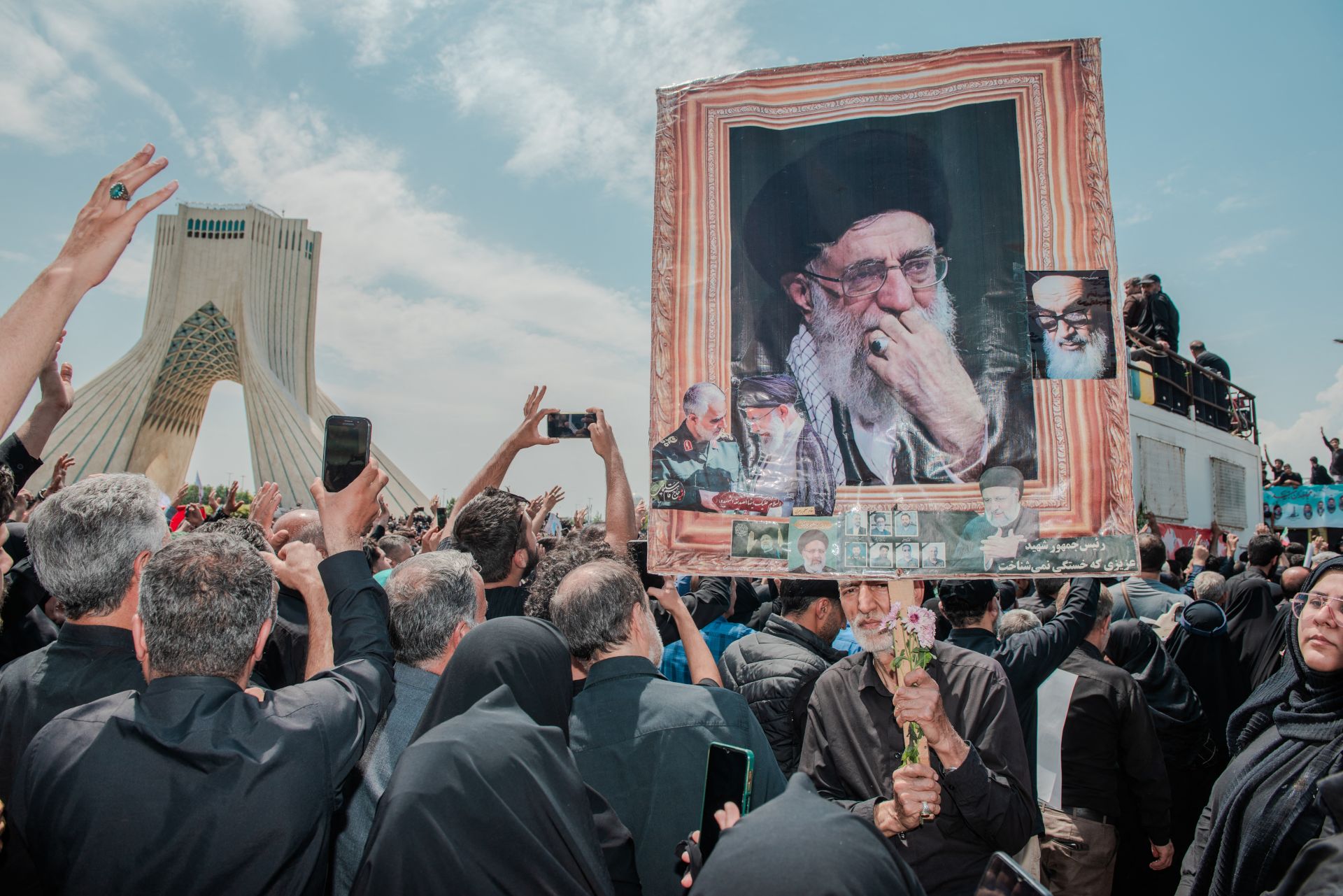Iran’s late President Ebrahim Raisi was known for accompanying his Foreign Minister Hossein Amir Abdollahian on both domestic and foreign trips. These journeys were more than mere work-related travel; they symbolized years of shared experiences and a unified school of thought. The two men, close in age and career trajectory through the various layers of the Islamic Republic’s system, exhibited similar management styles in handling crises and solving problems. Their connection united their fates, leading them to share the same ultimate helicopter ride and a single funeral. Had Abdollahian not switched helicopters with Mehrdad Bazrpash, the minister of roads, to discuss an important matter with the president, the scene today might have been different. But destiny, a religious concept that the deceased deeply believed in, had other plans.
Politically, this destiny represents just the tip of an iceberg of accumulated difficulties over Iran’s lean years. This moment calls for reflection in Tehran, particularly on the role of the supreme leader of the Islamic Republic, Ayatollah Ali Khamenei, with the question of succession frequently brought up in the media. Khamenei has bid farewell to one prospective successor after another. Raisi was among the most likely candidates, and before him there were Mahmoud Hashemi Shahroudi (who died in 2018) and Ali Akbar Hashemi Rafsanjani, who was even older than Khamenei and died in 2017.
Iran has witnessed the end of many prominent figures of its first generation. Yet despite losing military leaders, nuclear scientists, statesmen, clerics and, most recently, a president and foreign minister, the country always seems able to regain its balance and move forward with those who remain. The hours following the disclosure of the president and his companions’ fates exemplify the system’s determination to fill the void before it fully manifests. Khamenei sought to reassure citizens even during the search for the president’s helicopter, declaring that no disturbances would disrupt the country’s operations.
Acting President Mohammad Mokhber and the government announced elections within less than the 50 days allowed by the constitution. In the mind of the Iranian ruler, whether a king, a faqih or a president, the void attracts rebellion against the system and creates an intolerable space for multiple options. The state in Iran has experienced major transformations throughout its modern history as a result of power vacuums. In seeking to fill the void, governing minds are likely drawn to parallels such as the fall of the Qajar dynasty in the early 1920s during the transition from Mohammad Ali Shah Qajar to his 12-year-old son Ahmad Shah Qajar, the collapse of the Safavid state, and the subsequent upheavals of the Afshar and Zand dynasties.
In the subconscious of the state and the ruler in Iran today, these precedents are not merely “tales of the ancients,” but rather represent a historical problem of linking the system to the individual ruler and the void after his departure. Ayatollah Ruhollah Khomeini’s 1979 revolution managed the void with a highly complex constitution and governance institutions that do not prevent a strong ruler, but hinder his complete monopolization of power, separating his life and death from the existence of the system, which takes priority. The first tests of this setup were the impeachment of the first postrevolutionary president, Abolhassan Banisadr, followed by the election of Mohammad Ali Rajai and then the assassination of Rajai and his prime minister, Mohammad Javad Bahonar. Within 50 days, Khamenei was elected president, marking a turning point in the revolution and leading to Khamenei’s later election as supreme leader.
Khamenei lacked Khomeini’s qualities, revolutionary charisma and jurisprudential stature. Yet the system allowed him to build his experience by allying with other state institutions. Between Khamenei’s election and the moment of the helicopter crash in East Azerbaijan, a clear path was established in Iran. The state and system proved stronger than any individual, even Khomeini, the individual who initiated the revolution.
Potential changes loom once the supreme leader’s position is vacant. Possible scenarios offered by analysts include the succession of his second son Mojtaba or other candidates with clerical credentials. However, this is an unlikely scenario due to constitutional problems that could undermine the Islamic Republic’s legitimacy if overlooked. Proposals also include forming a leadership council to take over in the leader’s absence, a constitutional option that may signal the end of the “Vali-e-Faqih” (guardian jurist) state and the start of internal systemic change. However, this gray, liminal state is one the system does not desire, as historically it has bred coups and revolutions.
Ultimately, what the system seeks is consistent with previous Iranian regimes: a strong state with influence beyond its borders and the ability to adapt for the sake of its interests. Unlike past rulers who tied the system’s fate to an individual, the Islamic Republic’s design ensures the state outlasts any single leader. Despite institutional weaknesses, there remains resistance to returning to a historical pattern of successive political collapses, which would threaten the very existence of the system in Iran and beyond.
Become a member today to receive access to all our paywalled essays and the best of New Lines delivered to your inbox through our newsletters.



